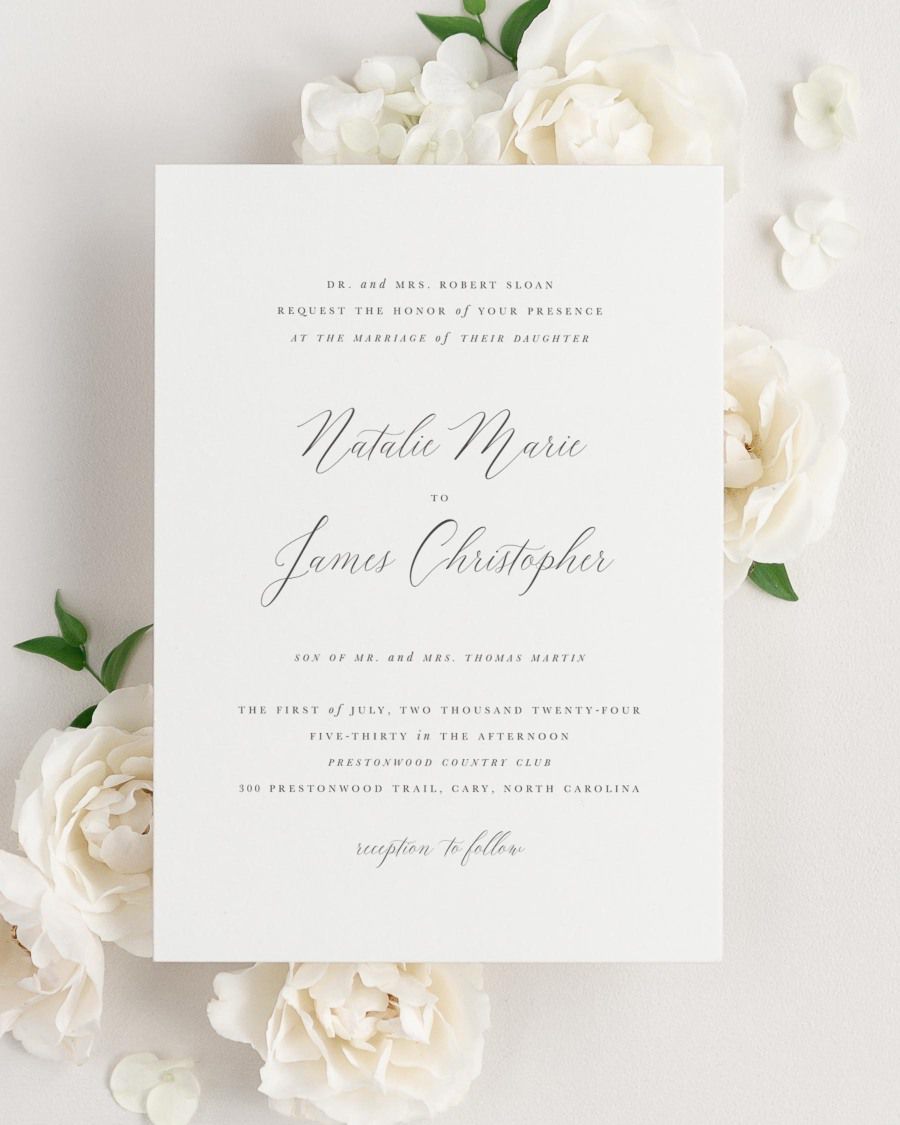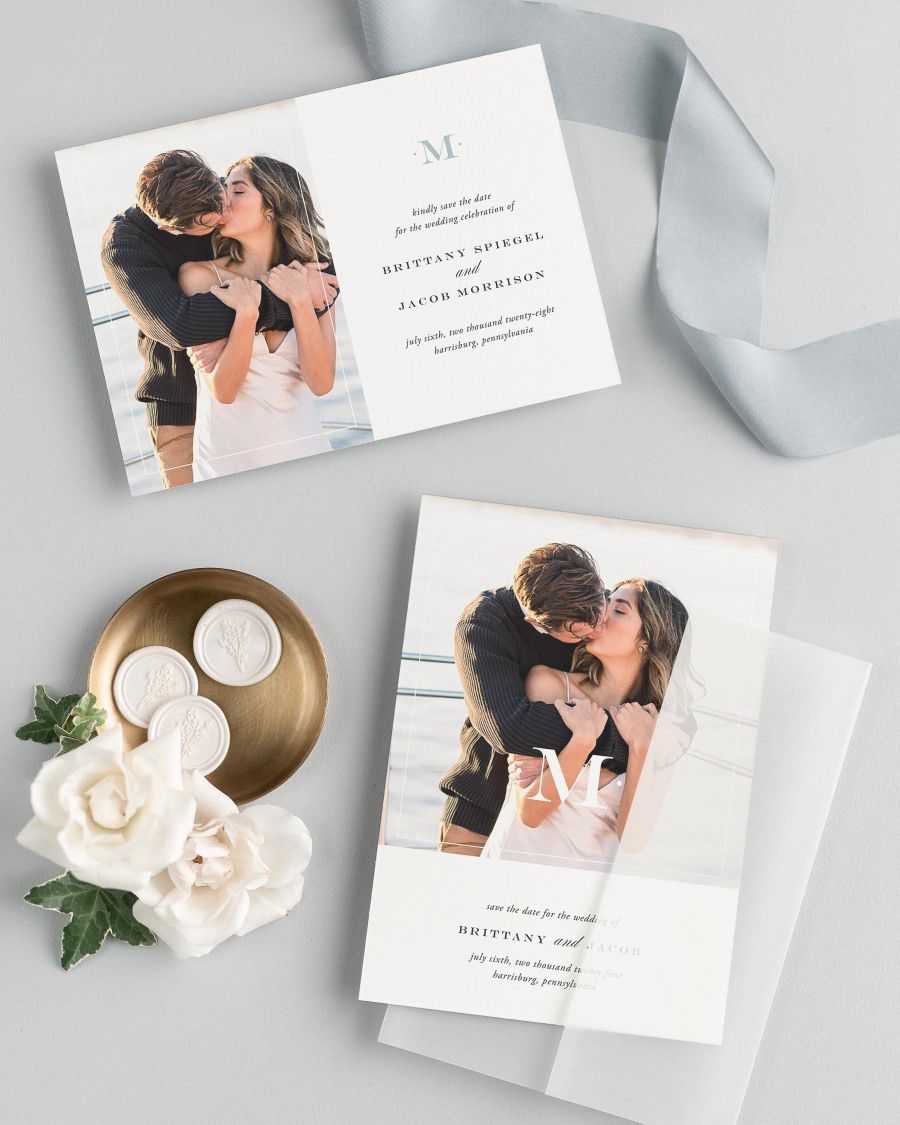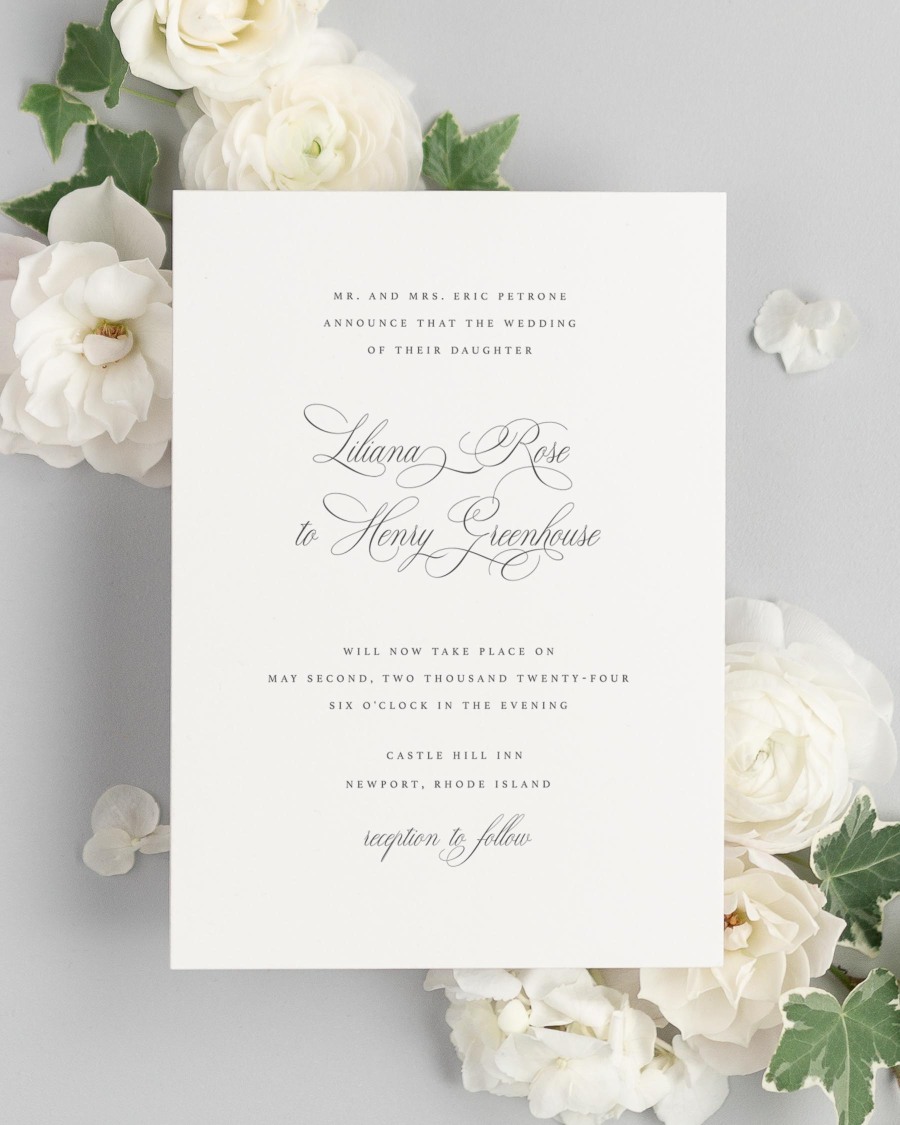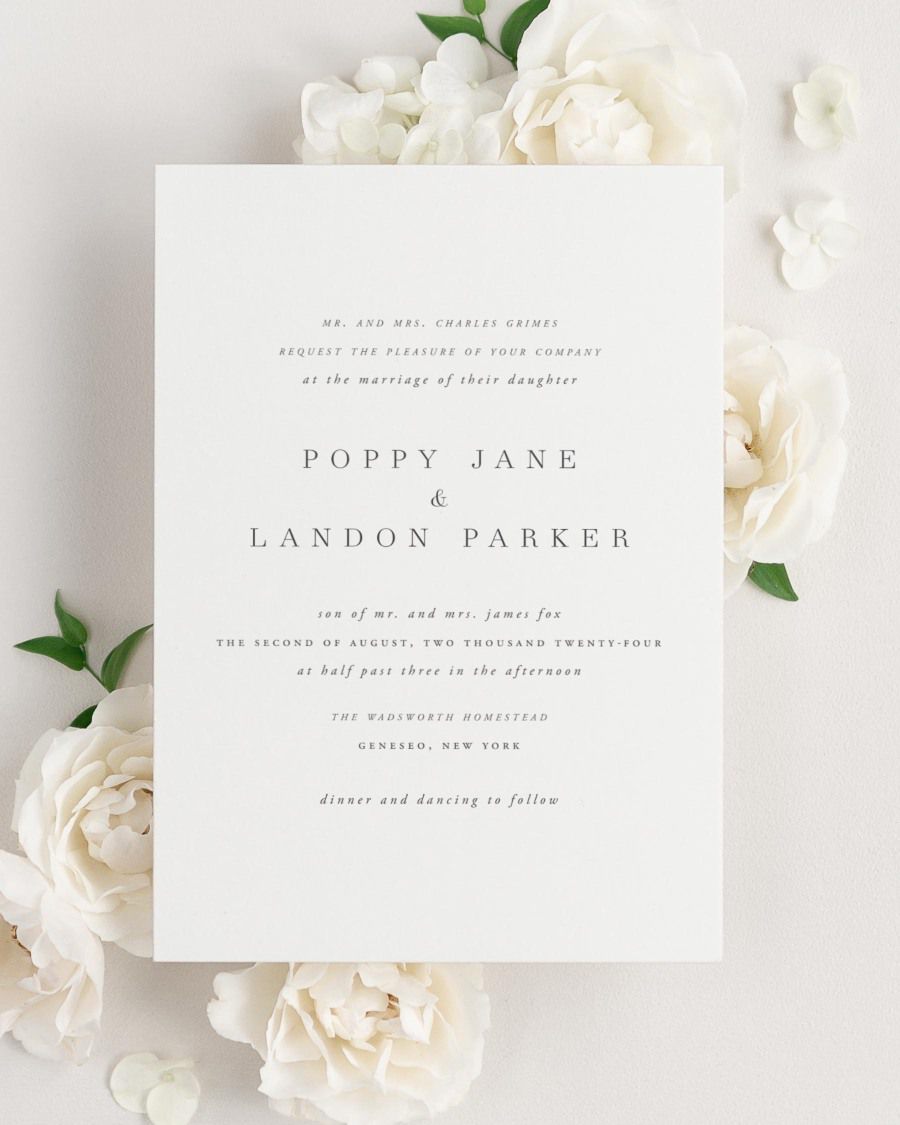The wedding seating chart sets the stage for your entire reception. If you take the time to arrange your guests carefully, they will be more comfortable, and everyone will enjoy the celebration more. That way, the reception will stay focused on you, as it should be.
Let’s dive into proper wedding seating chart etiquette and where everyone should sit.

Key Takeaways:
- The seating chart centers around the dance floor for more room and easy access to activities.
- The couple is in the center of the seating chart, followed by immediate family and the wedding party.
- Arrange other guests by similar interest, mutual friends, and their history.
Are Wedding Seating Charts Necessary?
Do you remember that feeling of walking into your high school cafeteria as a freshman? Guests may have a similar sense of anxiety or uncertainty when they walk into a reception hall filled with seating options and no guidance.
A seating chart eases that discomfort so your guests can instead focus on the gorgeous décor you spent hours choosing, the fun activities you planned, and, of course, you as a couple.
Seating charts are also practical, which is why many venues require them. For example, if you have servers, they will need to know where to deliver each meal, and you won’t have empty seats with food or cake sitting untouched. In addition, a seating chart makes sure those with dietary restrictions receive the right meals.
How Do I Make a Seating Chart for a Wedding?
You don’t need to wait to confirm a head count to start on the seating chart. You shouldn’t wait because a seating chart takes time to do right–and you want to do it right so everyone enjoys the day.
Here are five steps to guide you when starting your planning.
Step 1: Identify Your Layout
Once you book your venue, you can begin looking at the space and deciding on the furniture. To plan the layout of the room, start with the dance floor. That space in the middle will allow your guests to move more freely and let everyone be close to the action.
Keep in mind where important points are around the room like bathrooms, food, and exists–and the cake!
Step 2: Choose a Table Number, Size, and Shape
There are four standard table options to choose from for seating your guests. You will base your decision on your venue’s space, room shape, and guest count, then arrange the tables around the dance floor.
- Round: A traditional table shape that gives guests the most space.
- Rectangle: Fits the largest number of people in your space and allows for easier conversation flow.
- Oval: Offers the benefits of a rectangular table without sharp edges. Ovals also give the same aesthetic as traditional round tables but with more seating space.
- Square: Provides more intimacy for better conversation.

Step 3: Create a Seating Chart
The initial seating chart doesn’t have to have the names filled in. Instead, it should just show the arrangement of the room, the size of the tables, and the number of chairs at each table. Then, as guests RSVP, you can add or delete names and adjust the chart accordingly.
Creating a digital seating chart will be the easiest to edit.
Step 4: Arrange the Guests
Some couples opt only to assign tables and allow guests to choose their seats. This arrangement only works when there’s no formal sit-down meal, and you don’t have servers. Proper etiquette requires individual seating assignments, so you can ensure everyone can enjoy the event.
You can ask your family to help with the seating arrangement by providing information on friends and family. For example, they might know about an unspoken feud between your aunts or history between close friends.
Step 5: Print Seating Stationary
Once you’ve finalized the seating chart, you can print it for your guests. A wedding seating chart poster or sign at the entrance to the reception hall will direct each guest to the assigned table. Meanwhile, placing cards at each seat will tell guests where to sit at those tables.

What Is the Order of Seating for a Wedding?
Arrange your seating chart starting at the couple’s table and moving outward.
1. The Couple
You’re the center of the event and deserve the best table right at the front and middle of the seating chart. Some couples would like to be surrounded by friends and family. If that’s you, choose a head table arrangement for you, your parents, and the bridal party.
Other couples opt for a sweetheart table all to themselves. A sweetheart table is more intimate and gives you a moment to bond as a couple.
2. Parents of the Couple
You and your partner’s parents receive the second-best table. If both families get along well, you can seat them all at one table alongside other close family members like grandparents and siblings.
However, that’s not always possible, especially if your family has disagreements, divorces, or negative feelings. In that case, you can offer two tables equally close to the couple and separate anyone that might not get along. On the other hand, if you’re all at one table, choose a very long table and keep those family members separated.
If you divide the family by tables, which side do they sit on?
The answer varies between cultures and religions. For example, the bride and her family are on the left at Christian weddings. Meanwhile, the bride and her family are on the right at Jewish weddings.
3. The Wedding Party
The third best table in the room goes to your wedding party unless they’re sitting with the couple at the head table. However, sometimes the couple allows the bridal party to sit among the other guests. For example, if your sisters are bridesmaids, they might feel more comfortable sitting with their friends than with the other bridesmaids.
4. Friends and Extended Family
Outside of the first three groups, you can arrange the other guests on a case-by-case basis. The best way to decide on the seating arrangement is to start with groups of similar people.
For example, you can group neighbors, coworkers, friends from college, and so on. Once you have these groups, you can seat them together or build new tables by mixing up your guests for more variety while still considering their age, personalities, history, and interests.
However, consider providing each guest with at least one other person they know at their table so everyone is comfortable.
5. Children
If you have children at your wedding, you might assign a table for those under twelve. This table can have activities and space for if they get antsy. Just choose a table where parents can still watch their kids.
Otherwise, you can assign them a place next to their parents.
6. Single Guests
A singles table isn’t as romantic as movies make it out to be. Sitting at a singles table can be embarrassing. Also, avoid placing one single guest at a table full of married couples. Instead, have a mix of both married and single at each table.
7. Special Needs or Restrictions
Some guests may have restrictions or special needs. For example, if someone has a wheelchair, you can provide a place with plenty of room for maneuvering. In addition, older guests might prefer a quieter spot away from the band and speakers, while younger guests would enjoy seats near the dancefloor.
Plan a Wedding Everyone Can Enjoy
Shine Wedding Invitations helps you plan your seating chart with our collection of seating charts and placeholders. Order yours to match the theme of your invitation, or pick a unique design that will charm your guests.
Contact us to discuss your design options with a design expert.
Photo Credit:
Reception Tables: Ashlea Snell Photography









Order a Custom Sample Set
Experience our papers, colors, and printing in person.
Not Sure Where to Start?
Take our styling quiz to find the right look and configuration for your stationery.
Bring Your Vision To Life
Browse our invitations and find the perfect design for your wedding.
A Difference You Can Feel
Make a statement with our luxurious letterpress wedding invitations
See Us Shine
Client visions brought to life #shinenewlywed






